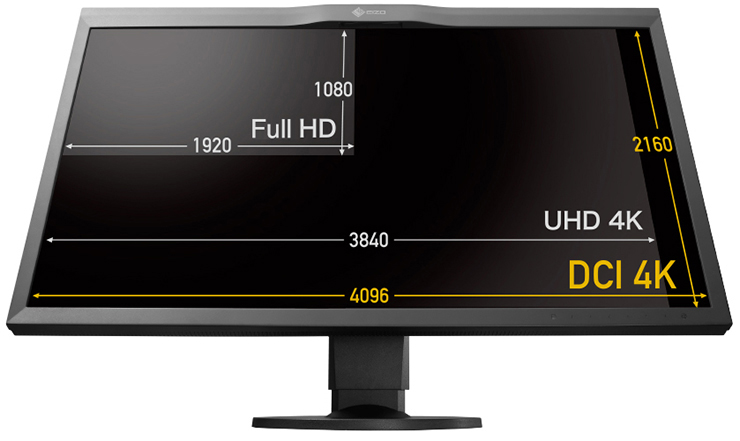

In the sample default settings above, the laptop has a 1920x1080 resolution, but is set to a 150% recommended scale so that elements on the screen can be displayed properly relative to the physical screen size (approximately 12.2x7 inches). To work around this problem, most laptop displays are “zoomed” to a recommended setting that fits the size of the screen, making elements bigger and the text more readable. However, since a laptop has a smaller screen size, a 1920x1080 resolution will render elements smaller in this display, affecting usability and readability. Display settings and screen resolutionsĭifferent devices come in varying pre-configured settings, which affect how your website or webshop gets displayed in them.įor instance, a mid-range laptop usually has the capability to display 1920x1080 pixels-the same resolution as most standard desktop monitors. However, size does affect the optimal screen resolution for a device-a smaller screen needs fewer pixels (lower resolution) to properly display elements on a screen, while a larger screen has to be able to display a higher resolution to ensure sharp-looking images and other visual elements. Devices with the same screen size may have different resolutions, in the same way that different screen sizes may display the same resolution.

Screen resolution is not to be confused with screen size, which just refers to the physical size of the screen (i.e., width x length). High resolution screens display more pixels (and therefore, more elements in the web page) than lower resolution screens. It’s usually expressed as (horizontal pixels) x (vertical pixels).įor example, 1920x1080, the most common desktop screen resolution, means that the screen displays 1920 pixels horizontally and 1080 pixels vertically. Screen resolution refers to the number of pixels displayed on a monitor screen. In this article, we’ll discuss the basics of screen resolution, responsive design, and why understanding these concepts is critical for your UX and conversion rate optimization. One key to optimizing for these different experiences is by understanding screen resolution and the role it plays in how your website or webshop will look like in different screens that your customers are using. It takes only 0.05 seconds for users to form an opinion about your website, and a large majority of these first impressions are based on your design.Ĭonsidering the range of devices and screens that we now use daily, it’s obvious that how your site looks and feels can vary from one user to another.


 0 kommentar(er)
0 kommentar(er)
